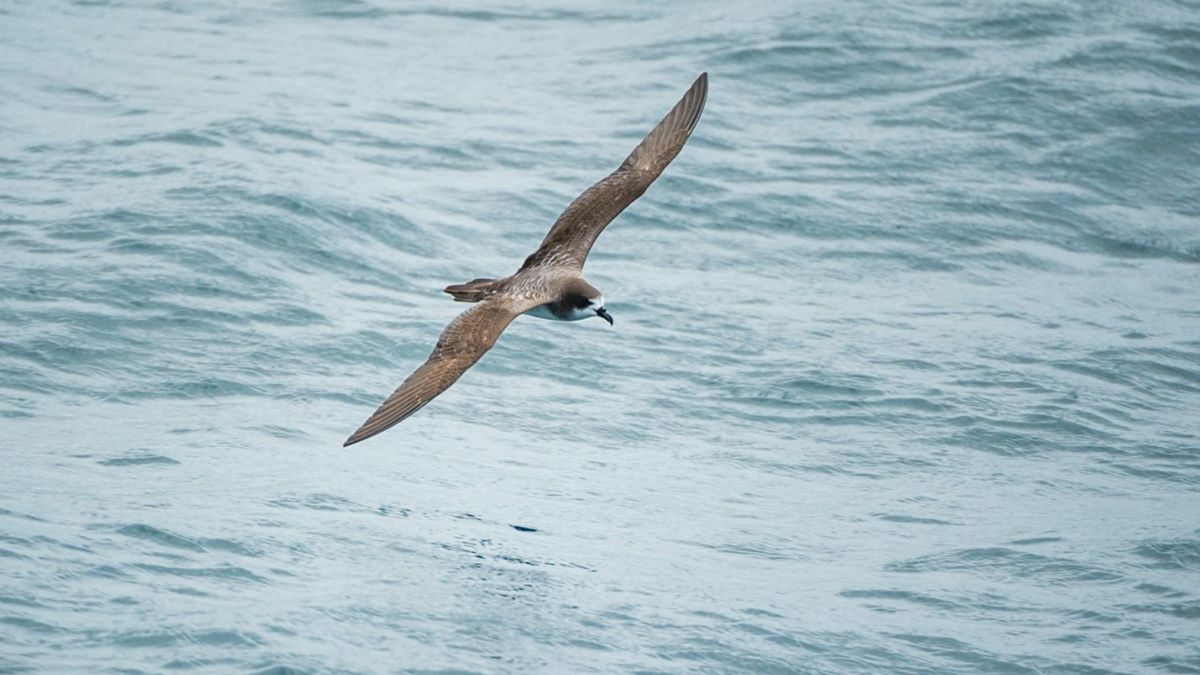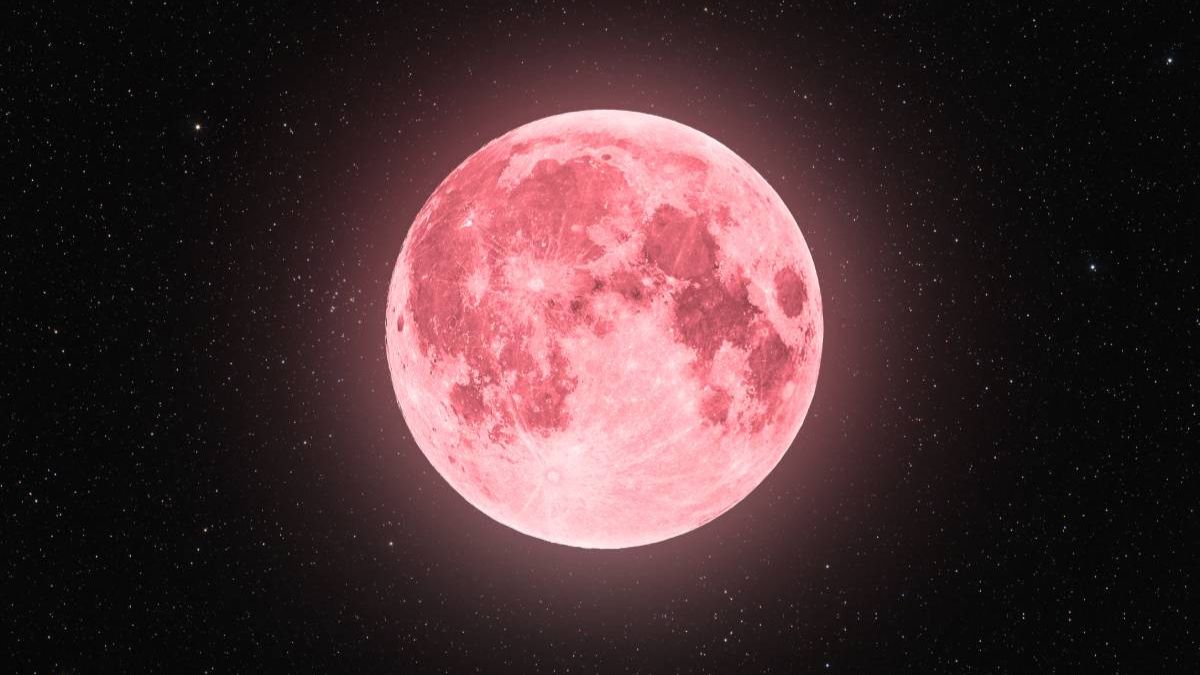The H5N1 subtype avian influenza is a stalking horse for the next global pandemic, according to scientists. For nearly near-45 years, Jessop has been keeping tabs on the good health of wild bird populations, counting the numbers in the flocks and their reproductive success.
Along the gusty northern Victoria coastlines, where sea birds shriek overhead, air thick with the aroma of sea spray, a war of stealth is being waged. There, among competing thyme rice-flowers, a team of birders and scientists headed by Rosalind Jessop are scouring the mudflats- not for the sake of it, but in search of a stealthy killer capable of turning the world in our experience topsy-turvy.
Since it was discovered in 1959, H5N1 has lurked in the shadows of virology, breaking through occasionally around the globe. Its latest subtype, though, 2.3.4.4b, has experts whispering of “pandemic potential.” No ordinary flu, this. Highly pathogenic, it kills the host and infects most of the animals it infects, killing them stone dead. And worse, it’s mutating with abandon, from birds into mammals, edging ever nearer towards human populations. Already leaping continents with the virus, Australia is one of the last strongholds, its isolation a slender barrier against an opponent already rewriting the textbooks in disease ecology. But with the southern ocean currents and migratory avifauna closing in, how long can this run of good fortune last?
A Serial Killer’s Path: The Impending Onset of H5N1
The story of H5N1 begins unobtrusively, almost unremarkably, on a Scottish beach in 1959. It resurfaced in 1996, infecting geese in southern China, before making its first deadly leap to humans in Hong Kong a year later, killing six of 18 cases. “From the time we were aware of H5N1 in that goose, we knew it had the potential to be a troublesome one,” says Deakin University Chair in Ecology Marcel Klaassen. And troublesome it has been.
By the early 2000s, this pathogenic seasoning was hitching a ride from country to country, pedaling the same historical bird flyways through Asia, the Middle East, North Africa, and Europe. It evolved along the way, picking up new hosts and new habitats. Then, in 2015, it seemingly vanished, a cold case in which researchers thought they would never lay eyes on it again. Like a rerun of the returns of a serial killer with a new game plan, in 2021, H5N1 once again returned as subtype 2.3.4.4b, its turf changed, its ambition global.
“The poop hit the fan,” Klaassen bluntly summarizes the alarm within the scientific community. What was initially a bird-specific virus was crossing over into mammals, seals, sea lions, fox, raccoon dogs, even farm-reared mink. In 2022, it invaded the US, infecting chicken, but infecting milk cattle, the latter probably through contaminated milk machinery. Last year, in a sinister spread, it showed up in sheep in the UK, its milk riddled with viral particles. “There’s more viral in it than we can produce in the lab,” Dr. Michelle Wille, a bird flu expert at the Doherty Institute in Melbourne, amazes. “It’s just unbelievable.”
It has its sights set on humans, too. There’ve been nearly 1,000 human cases worldwide since 2003, with a reported death rate of nearly 50%, a rate University of Sydney Professor of Virology Edward Holmes warns is likely inflated by unreported mild cases. A US man died in January 2025, after he was infected by the H5N1 from backyard chickens, his blood showing signs of the growing preference top scientists believe the virus has for human tissue. Three US vets were infected by cows in February. Even Australia has seen a case picked up by a child who traveled from overseas.
The Science of a Shape-Shifter
What sets H5N1 2.3.4.4b apart from the rest of the many avian influenza strains circulating around the globe? For one, its virulence. Unlike low-pathogenic strains infecting birds in Australia, leading to culling and shortages of eggs but minimal wider peril, H5N1 has been a panzootic—a pandemic at a species-wide level—already wreaking havoc in ecosystems and economies. The Food and Agriculture Organisation of the United Nations has characterized its unprecedented spread as a global food security risk.
Its most serious risk, however, is its adaptability. “It’s a numbers game,” Holmes explains. “We roll the dice each day, then we roll it again. And one of these days, our number is gonna hit.” Each infection does is allow the virus the opportunity to mutate, to drive its genetic code toward more effective infecting of mammals—and, maybe, humans. In the American man’s deadly infection, researchers detected alterations on two critical locations that could facilitate human cell replication. In milk cows and in mink, it’s acquiring mammal-specific traits, closing the evolution jump from bird-to-mammal to mammal-to-mammal.
Now, though, H5N1 spreads through direct contact—saliva, mucus, feces, or raw milk—rather than the airborne path by which COVID-19 was so contagious. “In almost 30 years, it has not actually acquired human-to-human transmission,” Holmes says, at least a small silver lining. The virus is trying, though. Mutations can one day give it a “hinge” mechanism, as with SARS-CoV-2, by which it can more effectively attach itself to human receptors. It can also become more adapted in its pH or temperature tolerance, thriving in new hosts. “That’s what evolution does,” Holmes says. The more hosts it infects, the more likely it is to get it wrong.
Australia’s Last Stand
Up till now, geographic isolation has thus far shielded Indonesia’s H5N1, the only continent outside the Pacific and New Zealand not yet to enter the sights of the 2.3.4.4b strain. There are millions of birds each spring flying along the East Asian-Australasian Flyway, a bird belt from Siberia- Australia. The visitors pass through Asian hotspots of the H5N1, but no sign of the disease appears in backyard bird testing by Victorian Wader Study Group member Sarah Klaassen.
The net is closing in, though. Last year, in November and December of 2023, it swept the subantipodes—South Georgia, the Falklands, the South Sandwich Islands—after laying waste across a wide section of South America, killing more than 100,000 wild birds in Peru alone. Two dead brown skuas washed up on the shore of Antarctica last year, containing H5N1 in their corpses. The disease has infected 24 of the 27 locations in Antarctica sampled today, reaching 13 species. On Kerguelen Island, a mere 440 km from Australia’s Heard and McDonald Islands, it’s nearer than ever before.
This southern route gives a completely new twist to it all. Brown skuas in Australian coastal seas are a hunted food source, while northern giant petrels, by nature predators of Macquarie Island, are patrolling Tasmanian seas by May. The disease can also be introduced from infected populations in Antarctica by Australian fur seals. “We must rethink our risk,” warns Wille, urging strict surveillance of seabirds. With winter’s arrival, time is running out.
A Recipe for Disaster
While the human peril is getting all the headlines, the environmental price of H5N1 could be a wake-up call for Australia. “We’re most worried about humans,” Holmes states, “but native animals most at risk.” Overseas, the disease has been a wrecking ball: 500,000 wild birds dead in South America, 40% of Peruvian pelicans dead in months, 30,000 sea lions dead in South America. In Europe, great skua numbers dropped by 60% and Sandwich terns by 16% within a single year.
Australia’s celebrated wildlife fur seals, Tasmanian devils, koalas, black swans, even kangaroos—lack the genetic immunity to repel such a pathogen. “If this virus arrives, it’s probably going to do here the same as it’s doing everywhere else,” says Wille. “This is not a trivial matter.” Extinctions can occur, reshuffling ecosystems already under strain from climate change and deforestation.
The Frontline Battle
Jessop’s team, the first line of defense at Victoria’s beaches, patrols the area with cannon nets and geo-locators, scooping up flocks, racing against a four-hour welfare deadline to take blood samples. Joined by researchers such as Klaassen and Wille, they’re charting the possible landfall of H5N1: Has it hit our coast? Do rescued birds at the centers show antibodies, indicating previous infections? The indicators are comforting—nothing yet—but the potential stakes are beyond imagination.
Such efforts span Australia’s coastline, from Broome’s bird-packed shores to the seal colonies of Tasmania. Wildlife Health Australia coordinates this patchwork of surveillance, employing algorithms to target high-risk species like the red-necked stint and northern giant petrel. “I’m still saying ‘if’ rather than ‘when,'” says Dr. Tiggy Grillo, who heads the group, clinging to optimism. “We can’t stop it coming, but we can be ready.”
Readiness requires caution from us all. A dead bird or seal washing up on the beach isn’t a curiosity but a possible warning bell. Phone calls made to the emergency number (1800 675 888) might be the difference. If H5N1 does get here, it’ll make itself known in a hurry, Klaassen speculates, remembering its killing speed.
Rolling the Dice
Australia’s fate is in the hands of outside forces. Infected birds might not survive the journey, but the “very high” evolutionary rate of the virus, in Klaassen’s words, could produce a strain fit enough to endure the journey. The route through Antarctica brings a wild card into the mix, with petrels, or seals, as innocent carriers. Wille warns, “Distance can no longer keep us safe.”
For the time being, pasteurization safeguards milk; human cases are sparse and can be quarantined. The danger of airborne transmission, however, waits in the wings, a mutation away. Insurance populations of endangered species, like Tasmanian devils, are a lifeline, but this “Noah’s Ark” solution is not easily scaled up. “The danger is unprecedented,” writes Grillo. “We’ve been planning for a pathogen of this kind for decades. Let’s hope we’ll be prepared.”
As winter arrives, the dice are cast once more. From Victoria’s coastline, Jessop looks through binoculars, scouring the ocean. The birds keep coming, and with each new bird, the question: For how long can Australia resist the inevitable?



